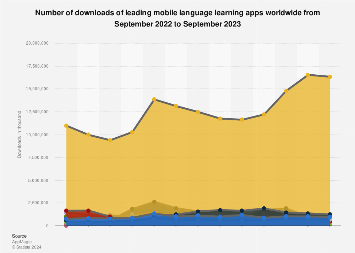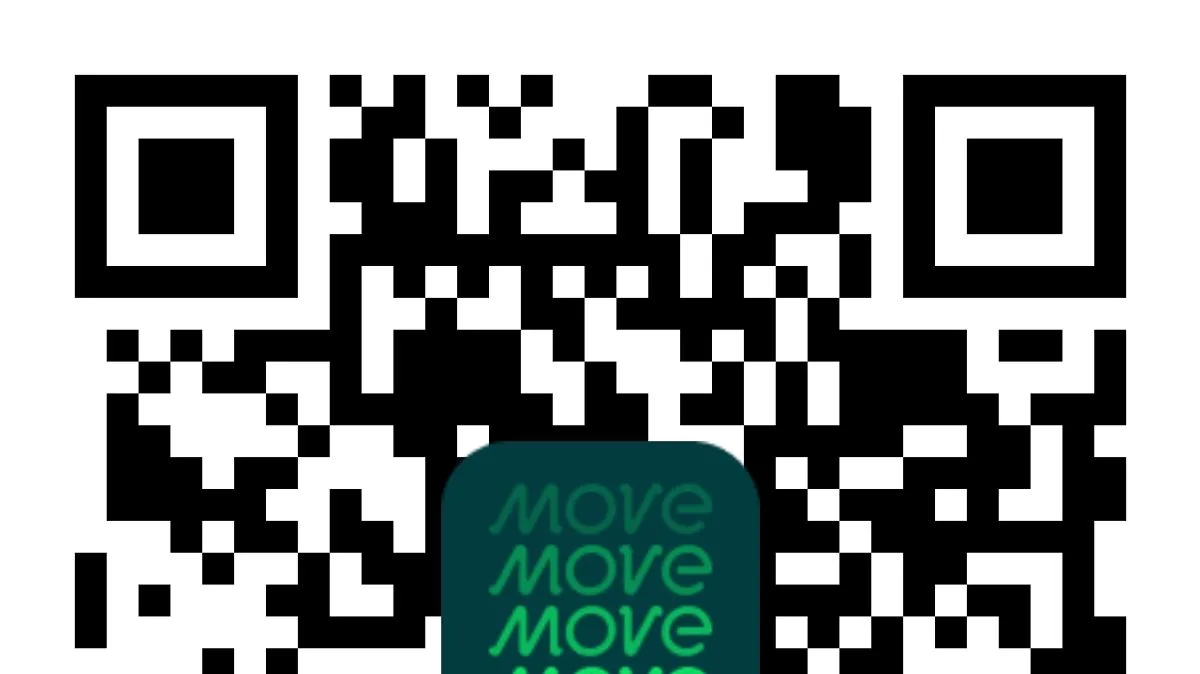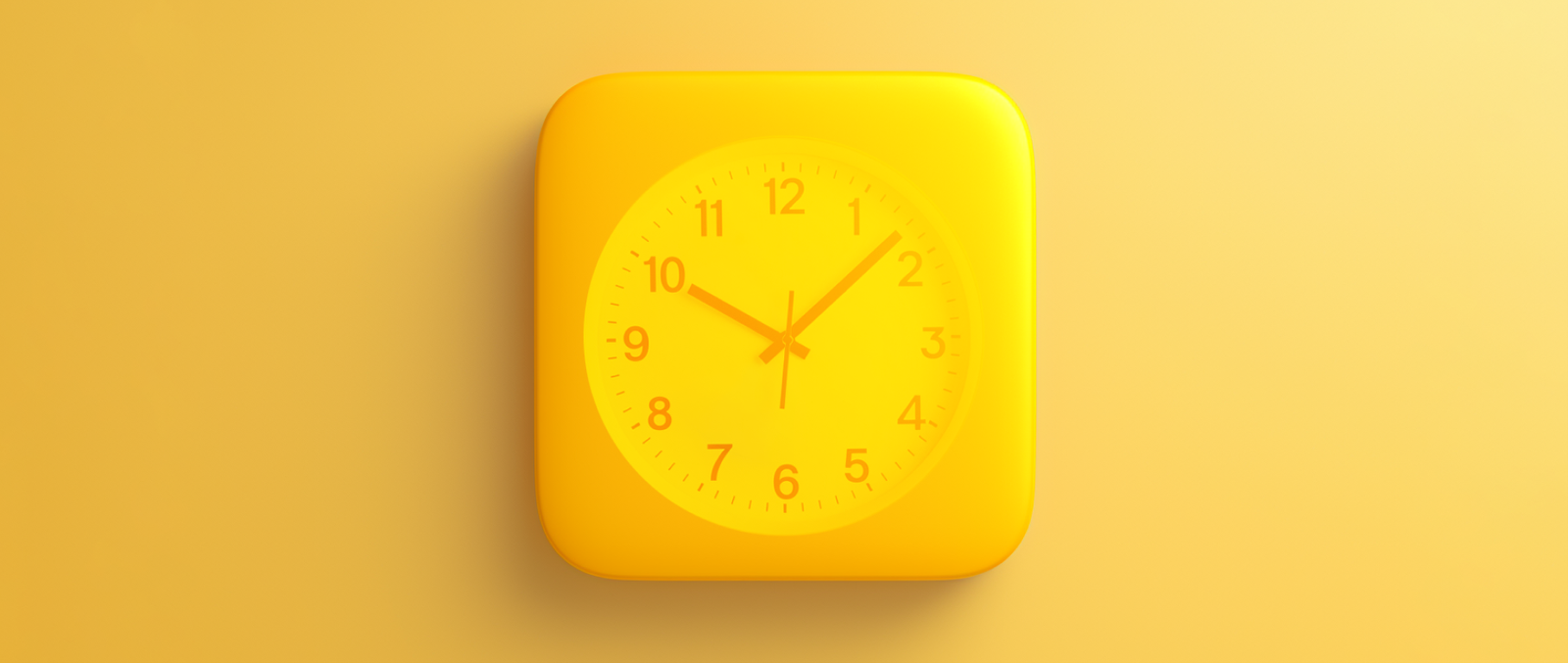Understanding the World of Reality Apps
Introduction
Reality is a fascinating concept that has intrigued philosophers, scientists, and everyday people for centuries. It is the state of things as they actually exist, rather than as they may appear or might be imagined. But in today’s digital age, reality has taken on a new dimension with the advent of reality apps.
What is a Reality App?
A reality app is a software application that combines computer-generated content with the real world. It overlays virtual objects onto the user’s view of the physical environment, creating an augmented reality experience. These apps use the camera and sensors on a mobile device to detect the surroundings and superimpose digital elements onto them.
Existence of Reality Apps in Our World
Reality apps have become increasingly popular in recent years, thanks to advancements in technology and the widespread adoption of smartphones. They have found applications in various fields, including gaming, education, entertainment, and even healthcare.
One prime example of a reality app is Pokemon Go, which took the world by storm in 2016. It allowed users to catch virtual creatures in real-world locations using their smartphones. This unique blend of virtual and real-world elements captured the imagination of millions of people worldwide.
Variations of Reality Apps
There are different variations of reality apps based on the level of immersion and interaction they offer. The three main types are:
- Augmented Reality (AR) Apps: These apps overlay digital content onto the real world, enhancing the user’s perception of the environment. Examples include Snapchat filters and furniture placement apps.
- Virtual Reality (VR) Apps: These apps create a completely immersive digital experience, transporting users to a simulated environment. They often require special headsets or goggles to use. Popular VR apps include games, virtual tours, and training simulations.
- Mixed Reality (MR) Apps: These apps blend the real and virtual worlds seamlessly, allowing users to interact with digital objects as if they were physically present. Microsoft’s HoloLens is a notable example of a mixed reality app.
Subjectivity of Reality
Reality is often considered to be objective, independent of individual perception. However, reality apps challenge this notion by introducing subjective elements into the equation. While the physical world remains the same for everyone, the digital overlays and experiences can vary from person to person.
Language, culture, and shared experiences play a significant role in shaping our perception of reality. A reality app designed for one culture or language may not have the same impact or meaning in another. These apps provide an opportunity to explore how our understanding of reality can be influenced by external factors.
Conclusion
Reality apps have revolutionized the way we interact with the world around us. They offer a unique blend of virtual and physical experiences, opening up new possibilities in various industries. Whether it is through augmented reality, virtual reality, or mixed reality, these apps allow us to explore different versions of reality and challenge our understanding of what is real.



